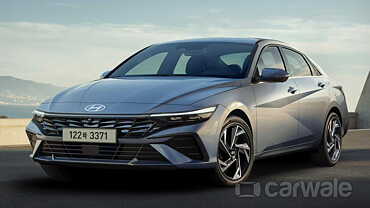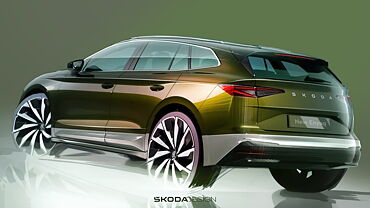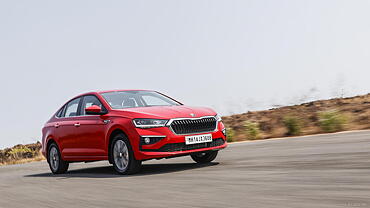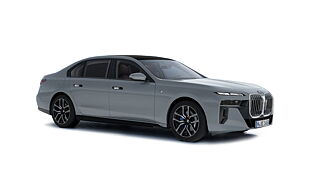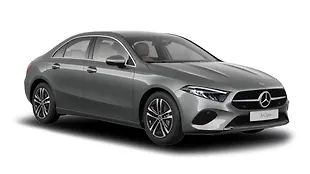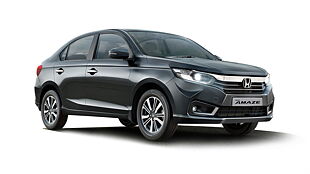
The Honda Civic is back in the Indian market, and what an entry it has been! The 10th generation of the D-segment Japanese sedan has made its return with a new diesel heart for the first time apart from the much-loved VTec petrol engine and a long features list. But while the Civic was missing in action for some time, its rival, the Hyundai Elantra, went on to make a name for itself in the Indian market. So here is how the all-new Honda Civic compares against the Korean sedan on paper.
Exterior and Design:

The new 2019 Civic is built on an entirely new platform and bears Honda’s newest design philosophy. The Civic wears the signature thick chrome slat in the front which is flanked by modern LED headlamps and LED DRLs which looks futuristic. Unlike the typical sedan’s profile, the Civic’s posterior has a notchback-like silhouette with a high boot lid and a sloping roof. The high-placed LED taillight has a boomerang shape which complements the twin exhausts and nicely sculpted tail. It sits on 16-inch alloys but the top spec ZX is available with 17-inch stylish alloy wheels. The Civic measures 4656x1799x1433mm with a wheelbase of 2700mm.

The Elantra is already three years old and there is a new one coming later this year. But the Korean-esque design of the current Elantra is still good to look at. The proportioned profile adds to the sedan’s character. The wrap-around headlights with LED and projectors and cascading grille on the fascia are complemented by the LED taillights at the back. You can almost call the Elantra sporty and handsome in terms of design and street presence. The boot space of the Elantra at 458 litres is more than Civic’s 430 litres.
Interior and features:

On the inside, the Civic gets a stylish yet typical Honda’s cabin as seen on the CR-V and the City. The all-black dashboard with beige interior gets brushed aluminium highlights. The instrument console of the older Civic was very distinctive, and the new one takes the leap forward with its thoroughly modern layout. The Civic comes with all the bells and whistles expected from a D-segment sedan as well with many segment-first features. The feature list includes electronic parking brake, sunroof, auto dimming mirrors, eight-way electric driver seat, dual zone climate control, keyless, six airbags, ESP, ABS, ISOFIX, and more.

The cabin of the Hyundai is dominated by a simple layout and straight lines. Its all-black layout still looks interesting and thoroughly modern. And there is a lot of space on the inside as well. And as is the case with all Hyundais, the Elantra is very well equipped, and besides the new eight-inch touchscreen, the feature list includes things like auto headlamps, keyless entry and go, cruise control, electric driver’s seat, front seat ventilation, six airbags, ESP and smartphone connectivity.
Powertrain:

The hood of the Civic houses a 1.6-litre i-DTEC diesel turbo engine which also does duty in the CR-V. This Earth Dreams unit makes 119bhp at 4000rpm and 300Nm of torque at 2000rpm. The oil burner is only available with a six-speed manual with no choice of automatic. The petrol motor, on the other hand, is the same old 1.8-litre i-VTEC engine which makes 140bhp at 6500rpm and 174Nm at 4300 rpm. Interestingly, the petrol engine does not get a manual option and only comes with a CVT gearbox with paddle shifters.

Powering the Elantra is a 2.0-litre naturally-aspirated petrol engine which generates 150bhp of power and 190Nm of torque. As for the diesel variant, it is powered by a 1.6-litre four-cylinder motor which generates 126bhp of power and 265Nm torque. Both the engines are available in six-speed manual and automatic transmission options.
Conclusion:

Of the two D-segment sedans we have here, the Hyundai Elantra is far more affordable and is also more powerful compared to the Civic. The features list is evenly matched between the two. But the Civic has a cult following in India and it would be a tough task to overlook the Civic if you are looking for a premium sedan under Rs 25 lakhs.

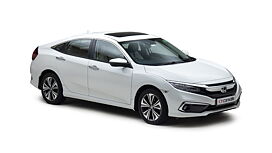
![Hyundai Elantra [2016-2019] Image Hyundai Elantra [2016-2019] Image](https://imgd.aeplcdn.com/272x153/cw/ec/22900/Hyundai-Elantra-Exterior-94094.jpg?wm=0&q=80)
